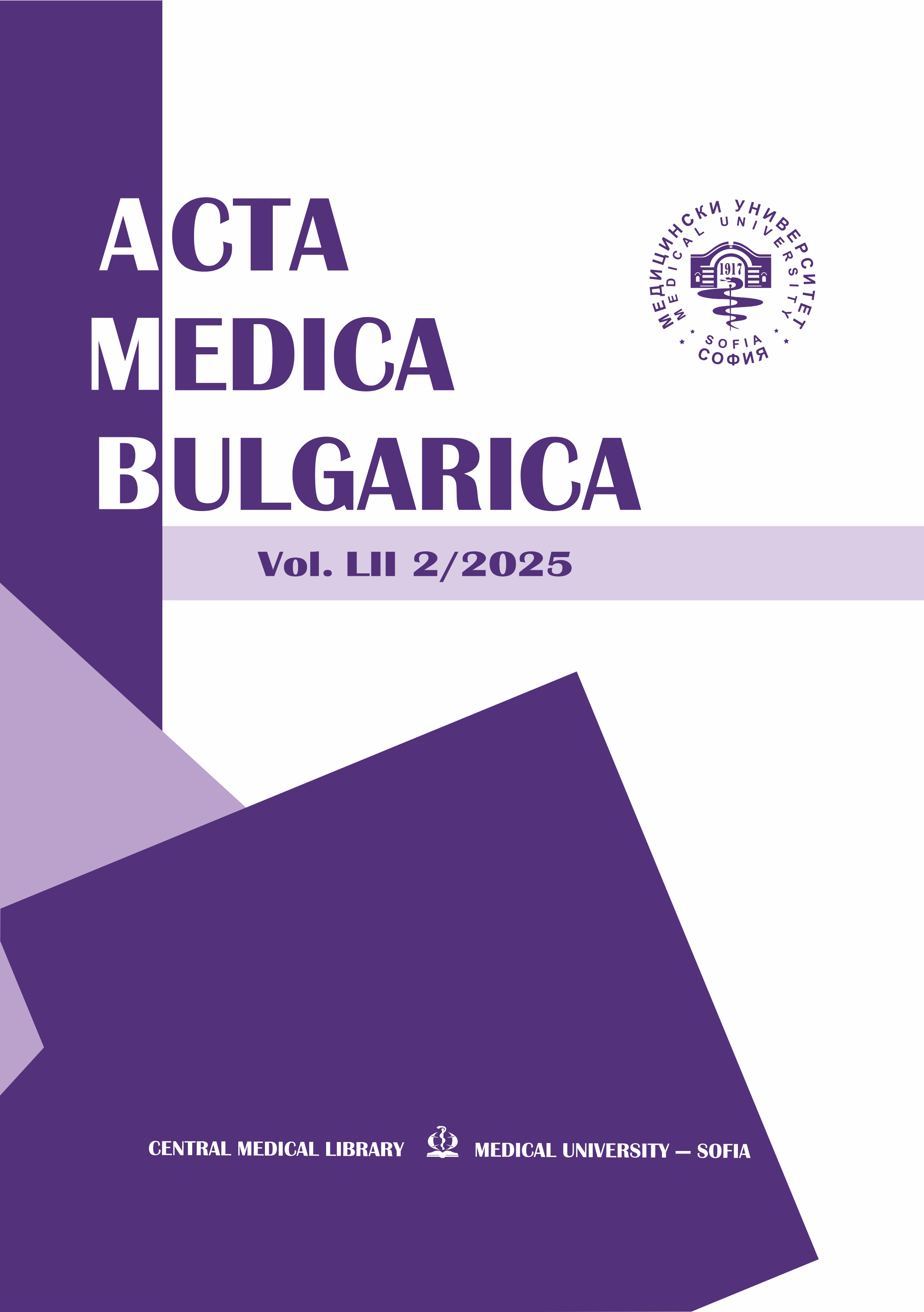Use of minimal internal fixation in an open comminuted second to fifth metatarsal fracture by angle grinder: case report
DOI:
https://doi.org/10.2478/AMB-2025-0048Keywords:
open metatarsal bone fractures, comminuted fractures, fracture fixation, injury, footAbstract
Open comminuted fractures of the metatarsal bones are surgical emergencies that pose a significant challenge for traumatologists. These injuries typically result from high-energy trauma, with common causes including machinery such as lawnmowers, motor saws, and angle grinders. Factors such as the extent of soft tissue damage, neurovascular injury, and fracture stability must be carefully evaluated before surgery. Herein, we present a rare case involving a 37-year-old male who sustained open comminuted fractures of the second to fifth metatarsal bones, along with injuries to the tendons of the long extensors of the toes, the muscle belly of the short extensor, and the dorsal nerves of the foot, following from a trauma with an angle grinder. At the six-month follow-up, the patient reported no complaints and had achieved full weight bearing with the injured foot. In summary, while metatarsal fractures are common in the emergency setting, open fractures of the central and fifth metatarsals are relatively rare. Optimal management requires thorough evaluation and strict adherence to the Gustilo-Anderson protocol, focusing on accurate injury assessment, infection prevention, soft tissue coverage, fracture stabilization, and effective rehabilitation.
References
Samaila EM, Ditta A, Negri S, et al. Central metatarsal fractures: a review and current concepts. Acta Biomed. 2020;91(4-S):36-46. doi: 10.23750/abm.v91i4-S.9724.
Rammelt S, Heineck J, Zwipp H. Metatarsal fractures. Injury. 2004; 35 Suppl 2:SB77-86. doi: 10.1016/j.injury.2004.07.016.
Zwitser EW, Breederveld RS. Fractures of the fifth metatarsal; diagnosis and treatment. Injury. 2010; 41(6):555-62. doi: 10.1016/j.injury.2009.05.035.
Miller JC, Shever S. Use of external fixation and primary wound closure in an open comminuted first metatarsal fracture: a case report. J Foot Ankle Surg. 2008; 47(1):46-50. doi: 10.1053/j.jfas.2007.09.003.
Hatch RL, Alsobrook JA, Clugston JR. Diagnosis and management of metatarsal fractures. Am Fam Physician. 2007; 76(6):817-26.
Gustilo RB, Anderson JT. Prevention of infection in the treatment of one thousand and twenty-five open fractures of long bones: retrospective and prospective analyses. J Bone Joint Surg Am. 1976; 58(4):453-8.
Anderson A, Miller AD, Brandon Bookstaver P. Antimicrobial prophylaxis in open lower extremity fractures. Open Access Emerg Med. 2011; 3:7-11. doi: 10.2147/OAEM.S11862.
Duggal S, Sharma S, Rai N, et al. Anti-microbial drug metronidazole promotes fracture healing: enhancement in the bone regenerative efficacy of the drug by a biodegradable sustained-release in situ gel Formulation. Biomedicines. 2024; 12(7):1603. doi: 10.3390/biomedicines12071603.
Downloads
Published
Issue
Section
License
Copyright (c) 2025 G. P. Georgiev, S. Rangelov, L. Gaydarski, V. Stoyanov, B. Landzhov (Author)

This work is licensed under a Creative Commons Attribution-NonCommercial-NoDerivatives 4.0 International License.
You are free to share, copy and redistribute the material in any medium or format under these terms.


 Journal Acta Medica Bulgarica
Journal Acta Medica Bulgarica 